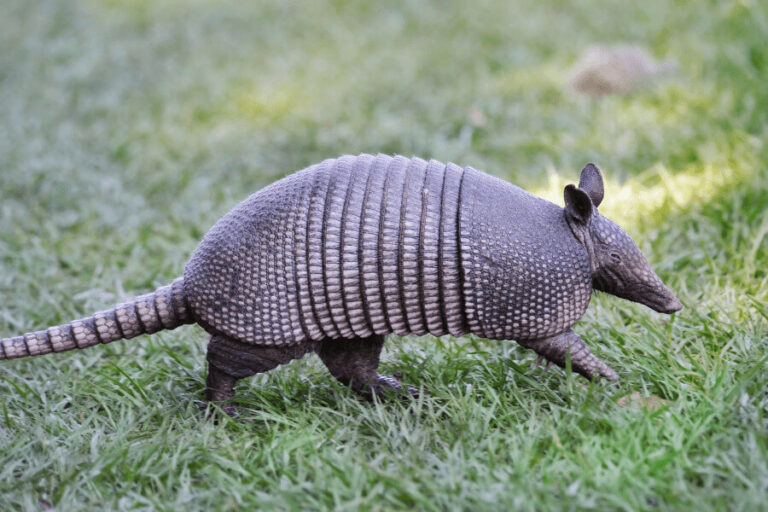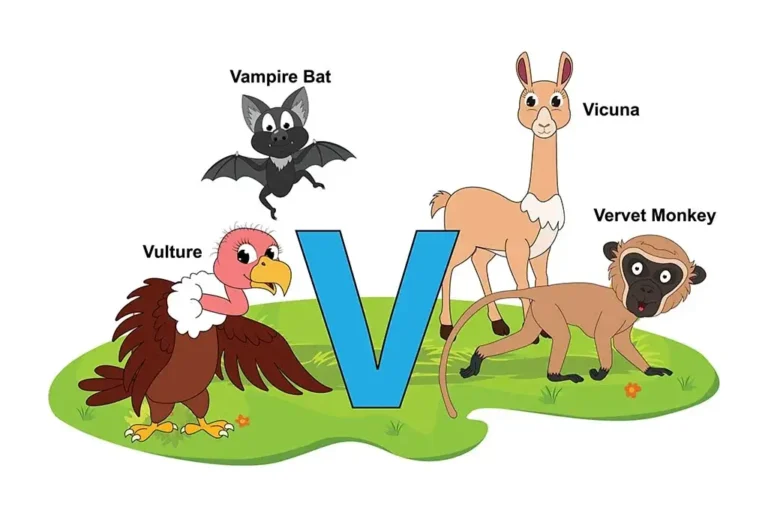Jellyfish: Classification, Habits, Diet, and Conservation
The jellyfish is one of the ocean’s most ancient and fascinating creatures. With its translucent body, mesmerizing movement, and sometimes dangerous sting, it has captured the imagination of marine enthusiasts for centuries. Despite its simple anatomy, the jellyfish plays a vital role in aquatic ecosystems.
This article will explore jellyfish in-depth, covering their scientific classification, physical characteristics, habitat, behavior, diet, reproduction, predators, conservation status, exciting facts, evolutionary history, and their relationship with humans.
Contents
Scientific Classification
- Kingdom: Animalia
- Phylum: Cnidaria
- Class: Scyphozoa (true jellyfish), Hydrozoa, Cubozoa, and Staurozoa
- Order: Various, depending on the specific jellyfish
- Family: Numerous
- Genus: Various
- Species: Over 2,000 identified species
Jellyfish belong to the phylum Cnidaria, a group of aquatic animals that include corals, sea anemones, and hydroids. The class Scyphozoa contains the actual jellyfish, but several other courses, like Cubozoa (box jellyfish), also include species commonly referred to as jellyfish.
Physical Characteristics

Jellyfish have a distinctive appearance, characterized by:
- Bell-shaped body: Their body resembles a gelatinous, often transparent bell or dome, which pulsates to enable movement.
- Tentacles: Hanging beneath the bell, jellyfish have tentacles equipped with specialized cells called cnidocytes that contain nematocysts (stinging cells). These are used to capture prey and defend against predators.
- Mesoglea: The jelly-like substance that forms most of their body gives them buoyancy and elasticity.
- Radial symmetry: Jellyfish exhibit radial symmetry, meaning their body parts are arranged around a central axis.
Some jellyfish species are tiny, just a few millimeters across, while others, such as the lion’s mane jellyfish, can reach up to 2 meters (7 feet) in diameter with tentacles trailing for 30 meters (100 feet).
Habitat
Jellyfish inhabit oceans worldwide, from the warm, shallow waters of tropical seas to the deep, cold waters of the Arctic. They are highly adaptable and can thrive in various conditions, including:
- Coastal regions: Many species are found near coastlines, where they are often washed ashore.
- Deep ocean: Certain species, such as giant jellyfish, inhabit the ocean’s depths.
- Salty water: Some jellyfish species can tolerate lower salinity levels and live in estuaries and other brackish environments.
They are often found drifting with ocean currents, as they are weak swimmers, relying on the movement of water to carry them long distances.
Behavior

Jellyfish are predominantly drifters, but they can propel themselves through the water using a form of jet propulsion. By contracting and relaxing their bell, they create a pulse that pushes water out and moves them forward. Despite their simple nervous system, jellyfish exhibit a few key behaviors:
- Vertical migration: Many jellyfish perform daily vertical migrations, moving toward the surface at night to feed and returning to deeper waters during the day to avoid predators.
- Swarming: Under certain conditions, jellyfish form large swarms or blooms, sometimes numbering in the millions. These blooms can cover vast ocean areas and occasionally cause problems for fishing and tourism industries.
Diet
Jellyfish are carnivorous, feeding on a variety of marine organisms, including:
- Small fish
- Plankton
- Crustaceans
- Fish eggs and larvae
Using their tentacles, jellyfish capture prey by stunning them with their nematocysts. Once immobilized, the prey is brought to the jellyfish’s mouth at the center of its bell. Certain species, such as the box jellyfish, are highly venomous and capable of paralyzing larger prey.
Reproduction
Jellyfish have a complex life cycle that involves both sexual and asexual reproduction:
- Medusa Stage (sexual reproduction): In this stage, adult jellyfish (medusae) release eggs and sperm into the water. Fertilization results in larvae called planulae.
- Polyp Stage (asexual reproduction): The planulae settle on a substrate and develop into polyps, which are tiny, stalk-like organisms. These polyps can produce new jellyfish asexually through a process called budding.
- Ephyra Stage: Polyps eventually release tiny ephyrae, which grow into adult jellyfish.
This dual-phase life cycle contributes to their remarkable ability to reproduce rapidly, leading to the occasional bloom of jellyfish.
Predators
Despite their stinging tentacles, jellyfish are preyed upon by several marine animals, including:
- Sea turtles: Leatherback turtles are known to feed primarily on jellyfish.
- Sunfish: The ocean sunfish (Mola mola) consumes jellyfish as a significant part of its diet.
- Seabirds and other fish: Various species of seabirds and fish will eat jellyfish when the opportunity arises.
Interestingly, jellyfish themselves sometimes engage in cannibalism, especially during times of scarcity.
Conservation Status
Most jellyfish species are not considered endangered, and their populations are generally stable. Many species have experienced population booms due to human impacts on the environment, such as:
- Overfishing: Reducing fish populations removes natural predators and competitors of jellyfish.
- Climate change: Warmer ocean temperatures and changing currents can favor jellyfish reproduction.
- Pollution: Increased nutrient levels in the water, often due to agricultural runoff, can cause jellyfish blooms.
However, jellyfish overpopulation can disrupt marine ecosystems and impact human activities like fishing and tourism.
Evolutionary History
Jellyfish are among the oldest known multicellular organisms, with fossil records dating back over 500 million years to the Cambrian period. Their simple body plan has remained relatively unchanged throughout their evolutionary history, suggesting they have successfully adapted to various environmental changes.
Relationship with Humans
Jellyfish have both positive and negative relationships with humans:
- Tourism and hazards: Swarms of jellyfish in coastal areas can deter tourists and cause beach closures. Some species, such as the box jellyfish, have excruciating stings that can be deadly to humans.
- Biomedical research: Certain proteins found in jellyfish, like the Green Fluorescent Protein (GFP), are widely used in biological and medical research for imaging cells and proteins.
- Cuisine: In some cultures, jellyfish are considered a delicacy and are harvested for food, especially in East Asia.
Interesting Facts
- Bioluminescence: Some jellyfish, such as the comb jelly, produce their light, making them bioluminescent. This can help them evade predators or attract mates.
- Turritopsis dohrnii: Known as the “immortal jellyfish,” this species can revert to its juvenile form after adulthood, effectively bypassing death.
- Box jellyfish: Among the deadliest creatures in the ocean, box jellyfish venom can cause heart failure, paralysis, and death within minutes.
Conclusion
Jellyfish are fascinating, ancient creatures that play a significant role in the marine ecosystem. While their simplicity is striking, their life cycle, behavior, and relationship with humans demonstrate their importance and complexity. Although jellyfish populations are generally stable, their ability to rapidly reproduce under favorable conditions can lead to ecological imbalances. Understanding their biology and impact is crucial for maintaining the health of our oceans.
- Golden Retriever Pros and Cons: What Every Pet Parent Should Know - 15 September 2025
- Cane Corso Dog Breed: Health, Care, and Lifespan - 14 September 2025
- Catahoula Leopard Dogs: Description, Temperament, Lifespan, & Facts - 21 July 2025







